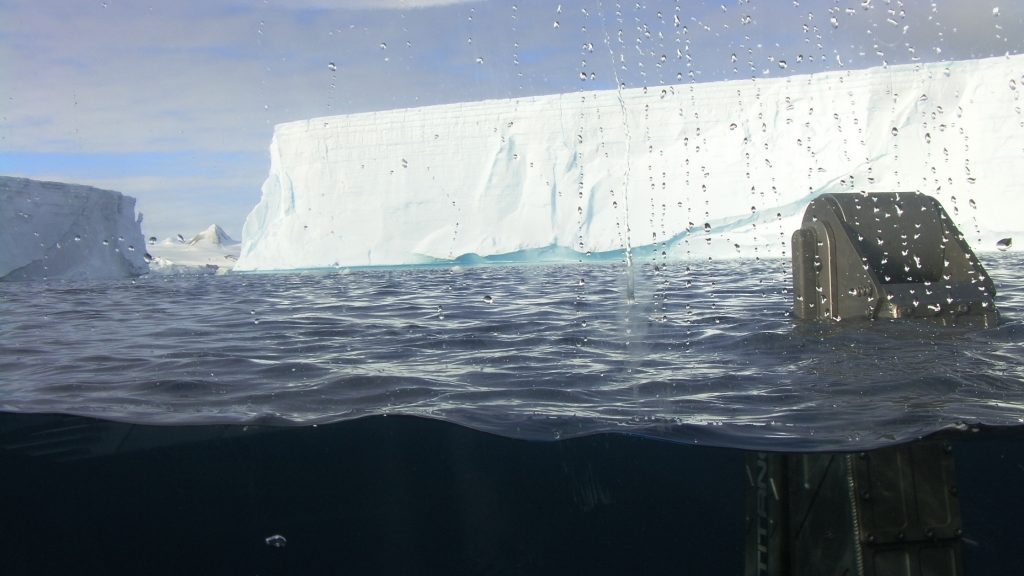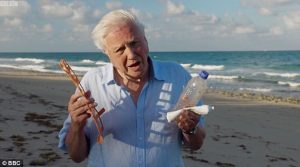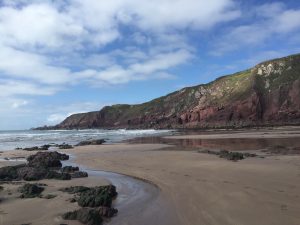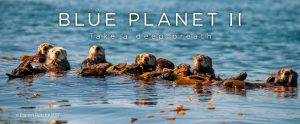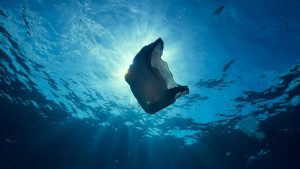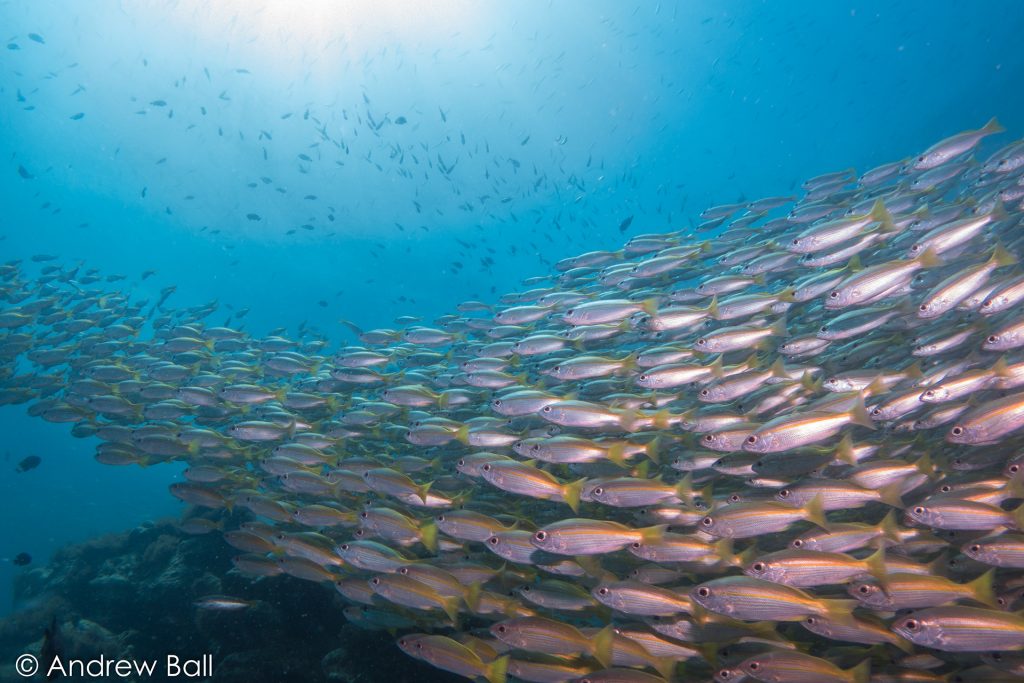
Blue Planet 2 | Episode 7 | Our Blue Planet
This was by far the most important episode of the series. I am sure that many viewers were troubled by the scale of some of the issues touched upon in the programme; as biological scientists, we live in this state of concern perpetually, both professionally and personally.
Continue reading →

